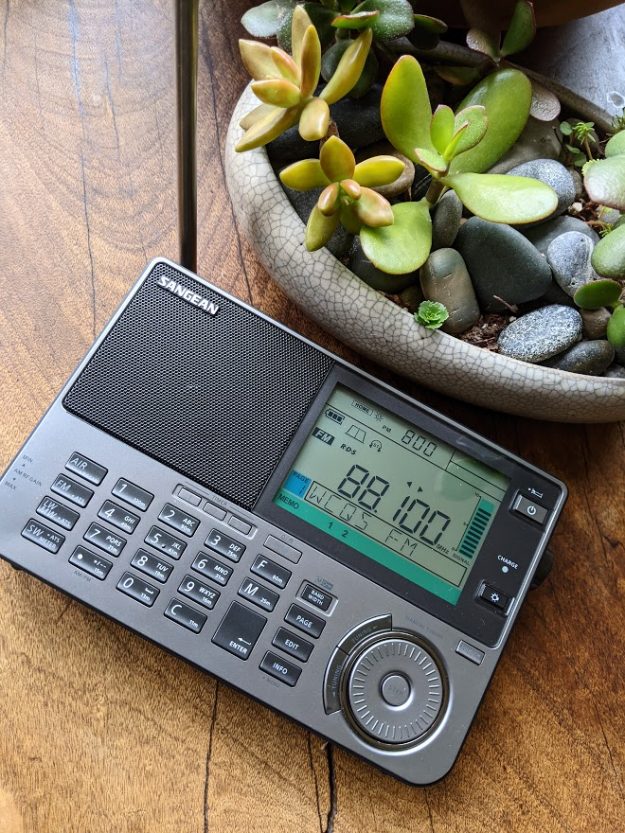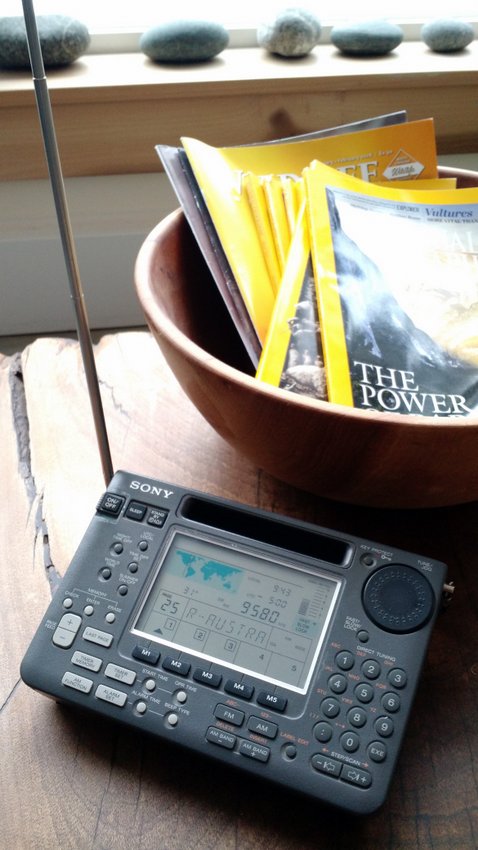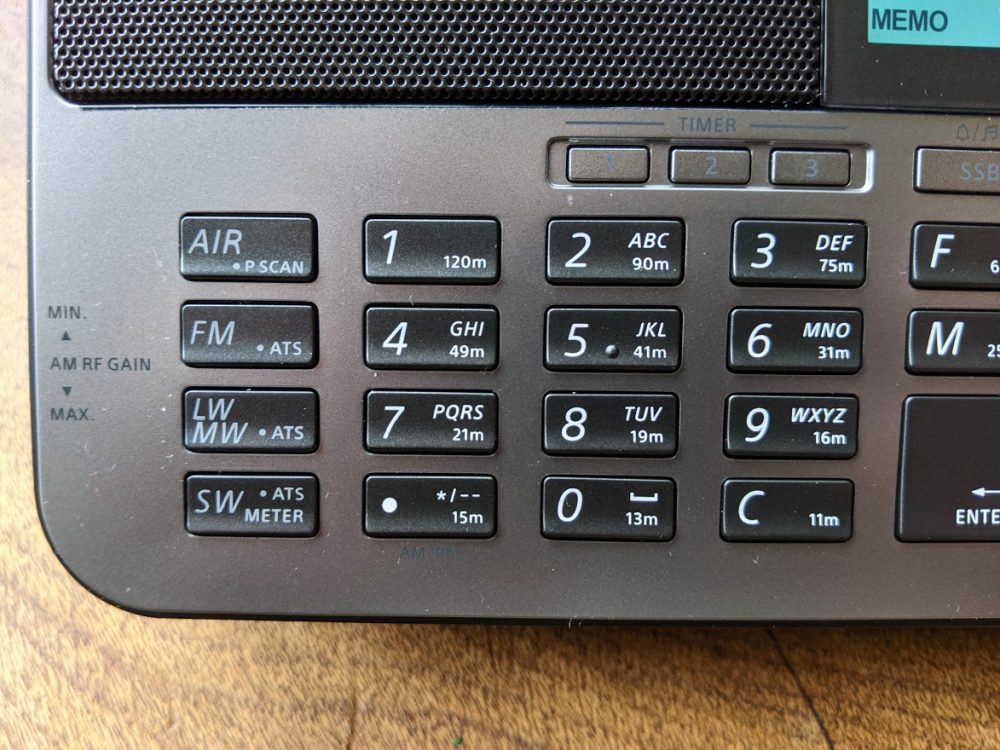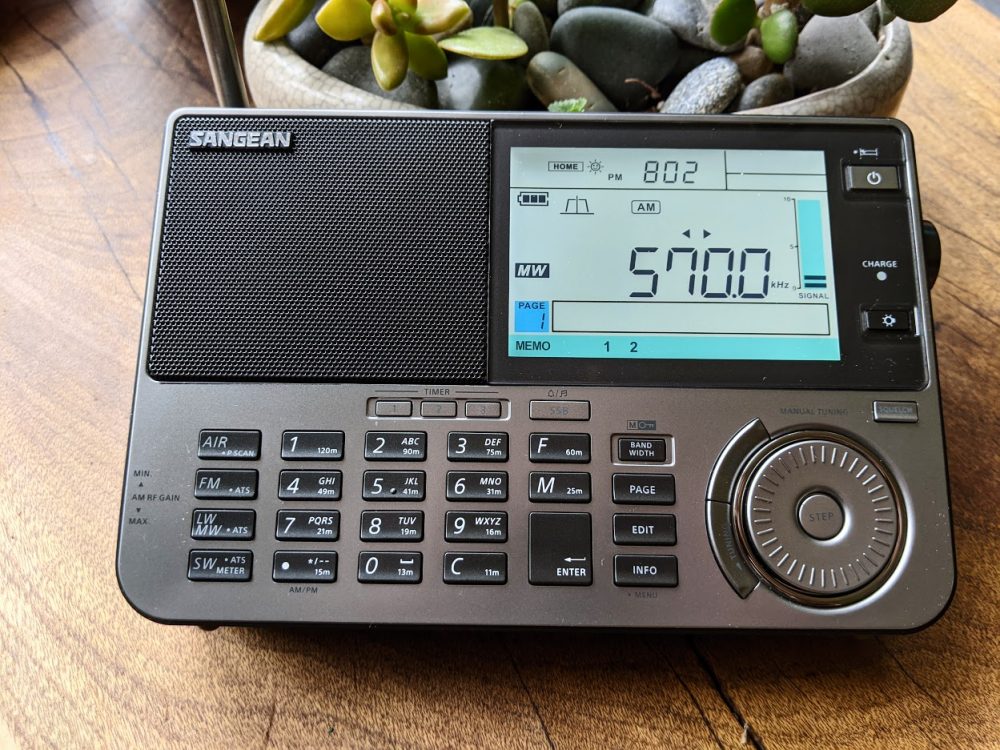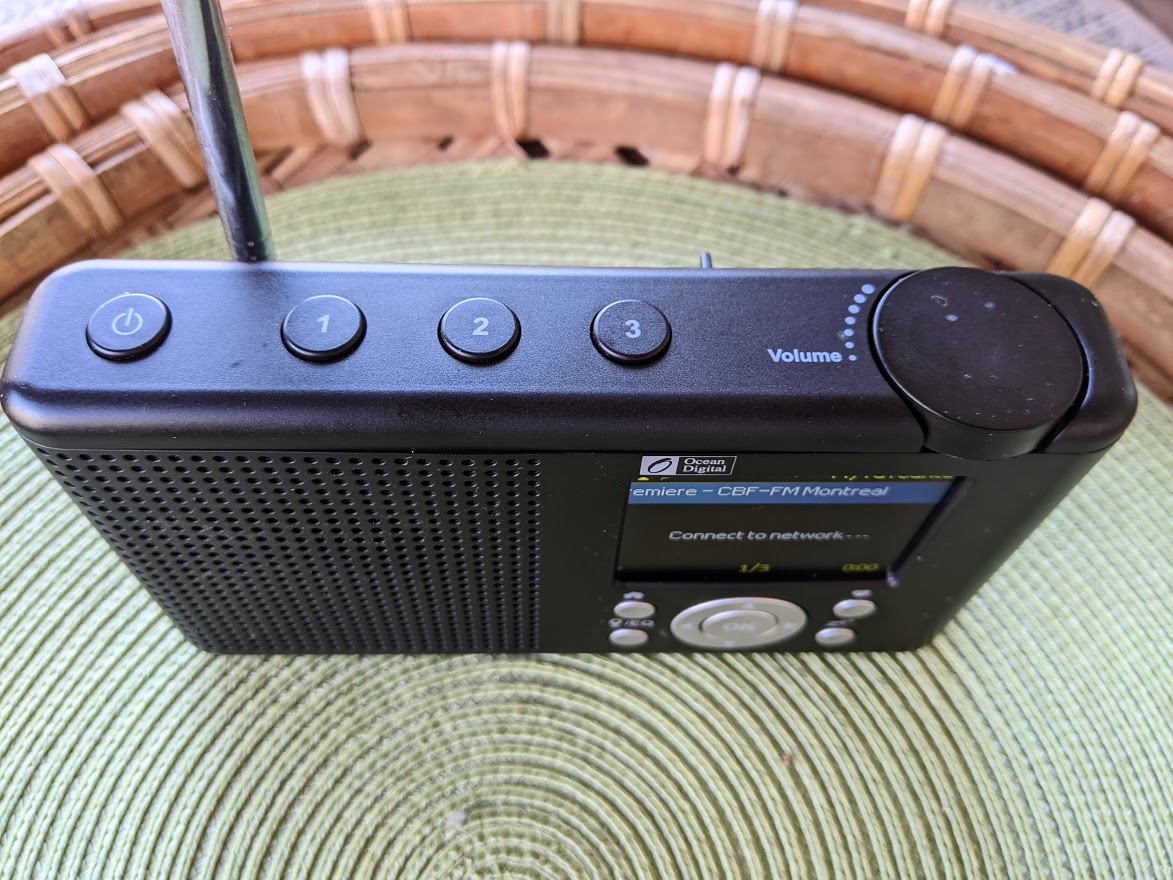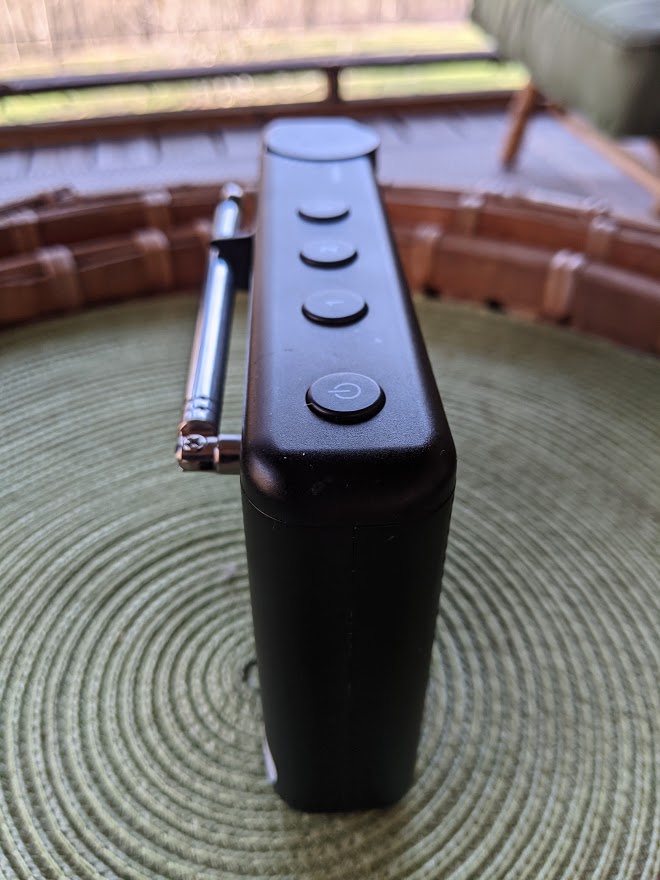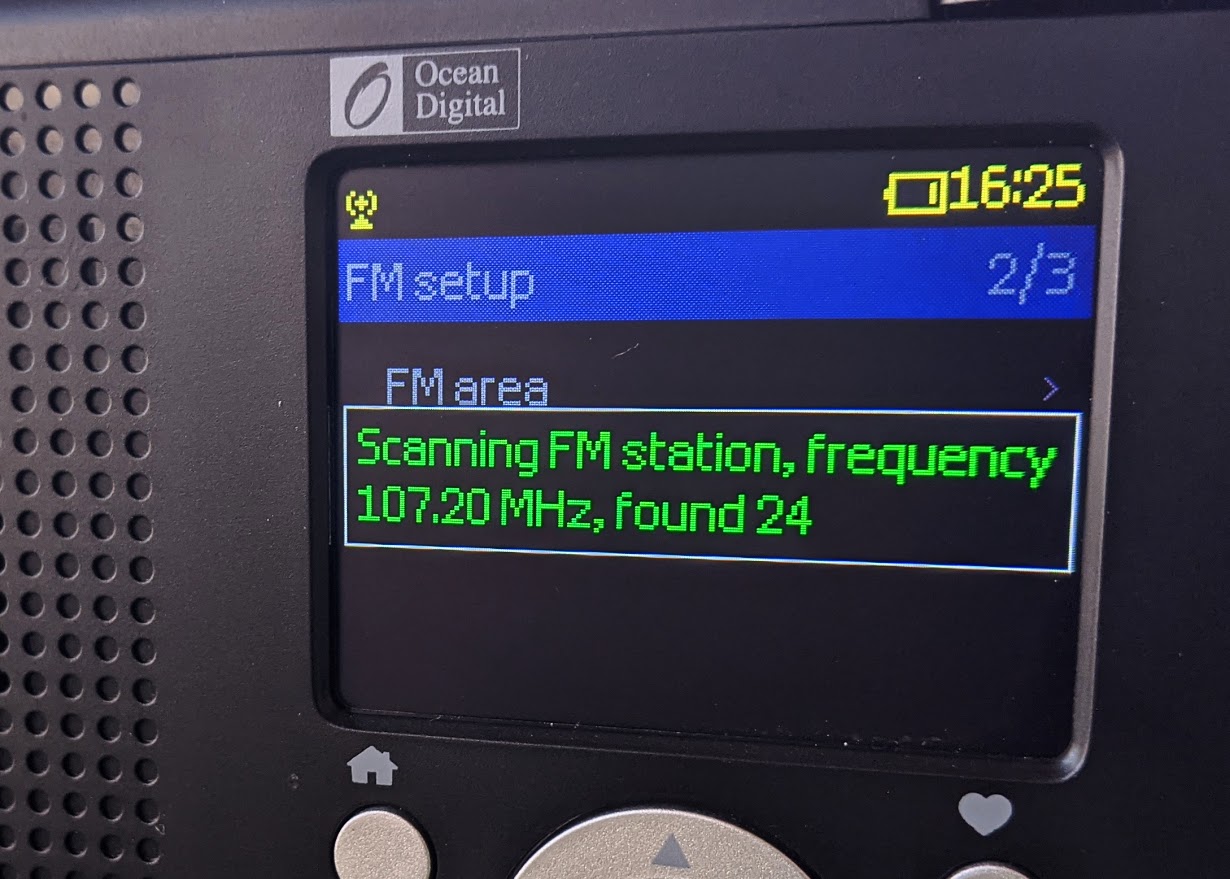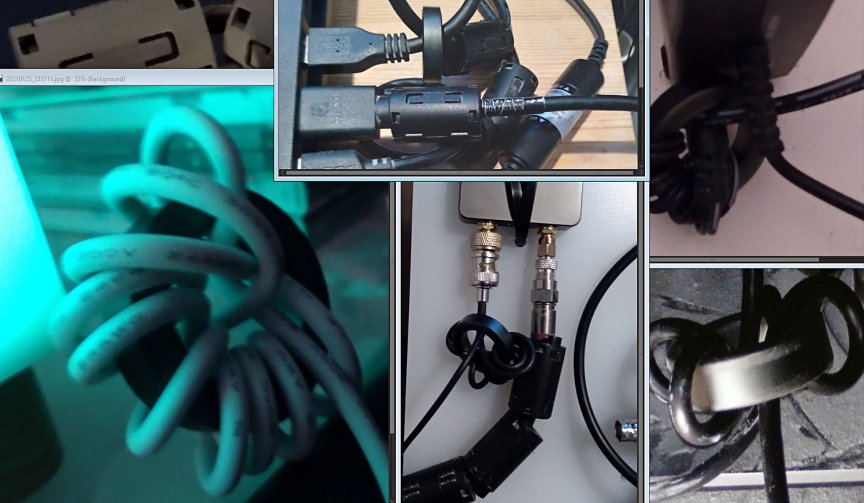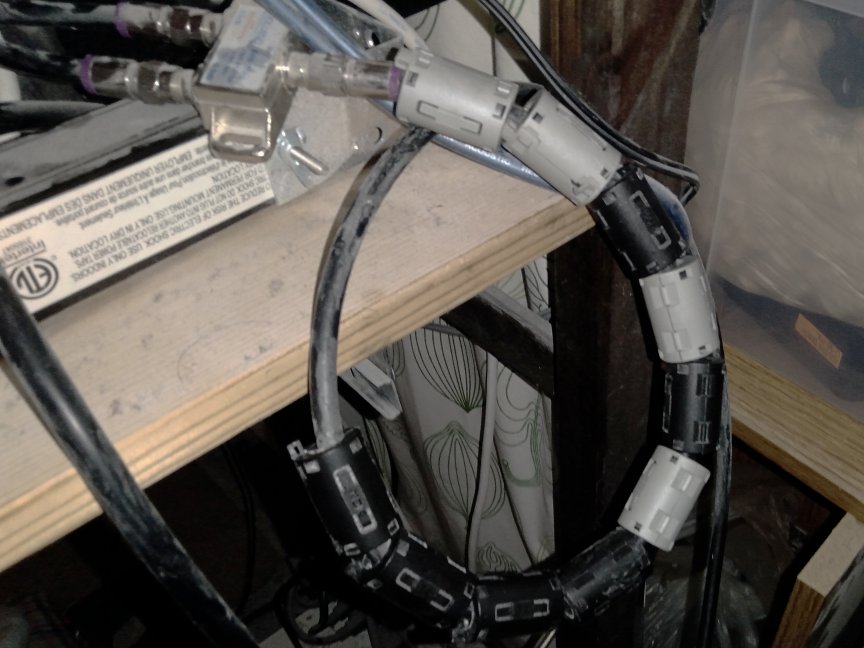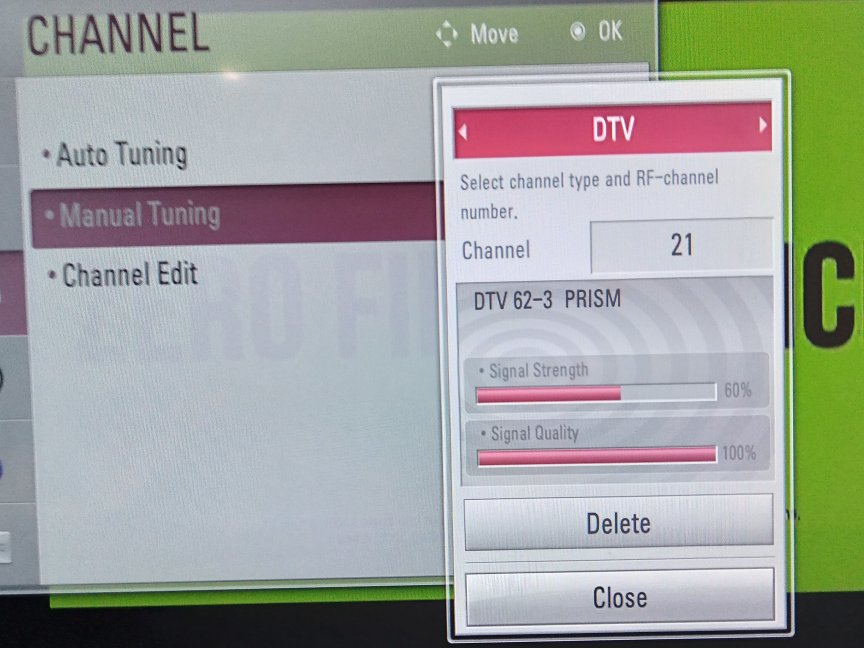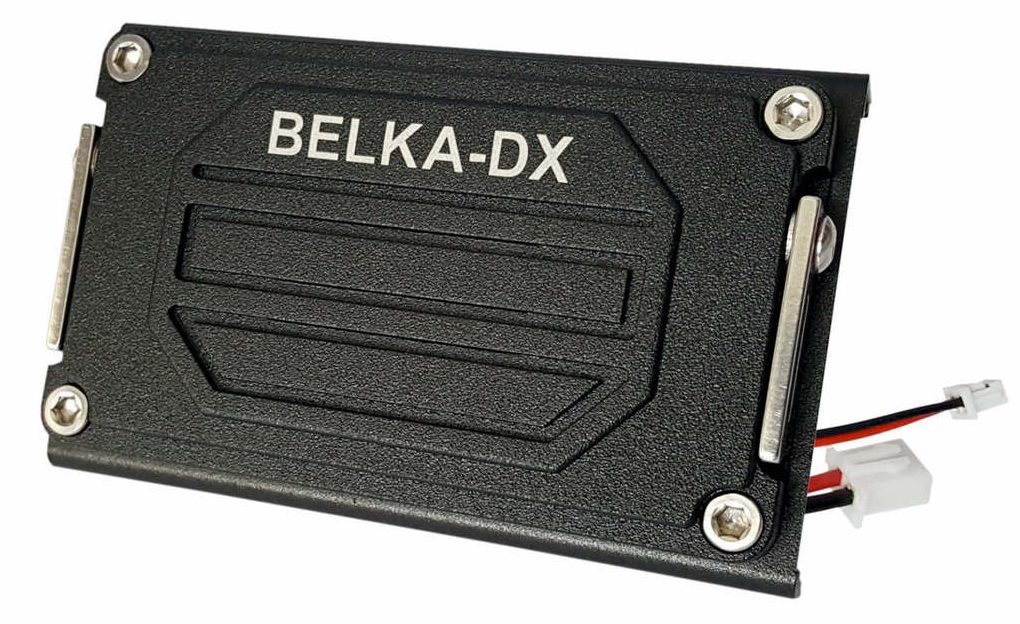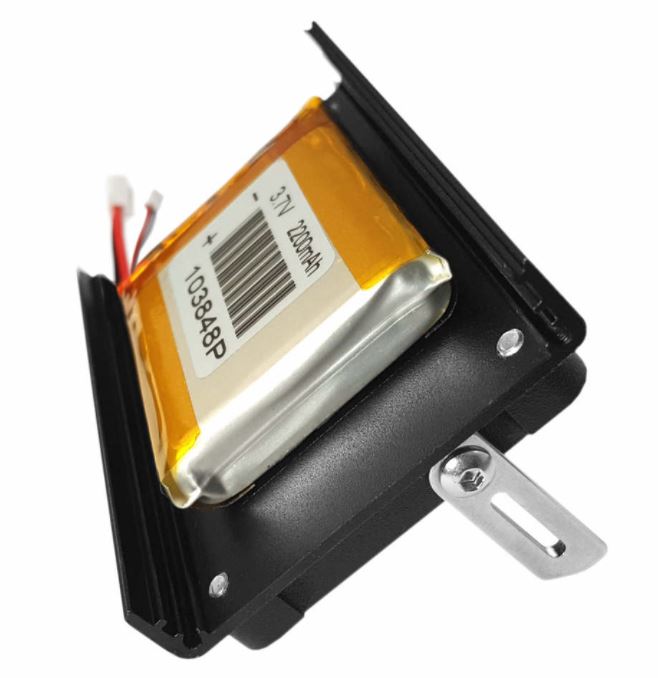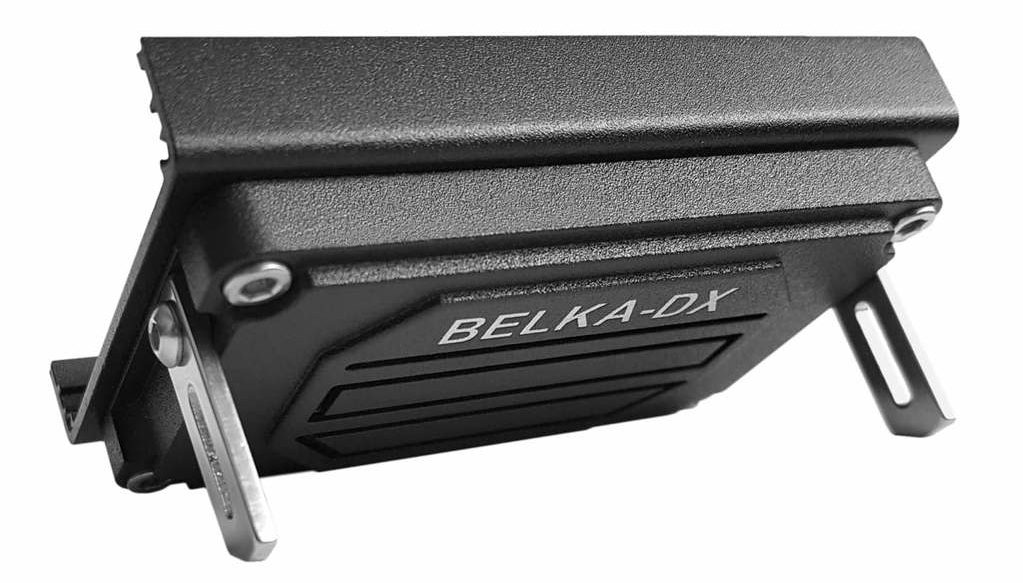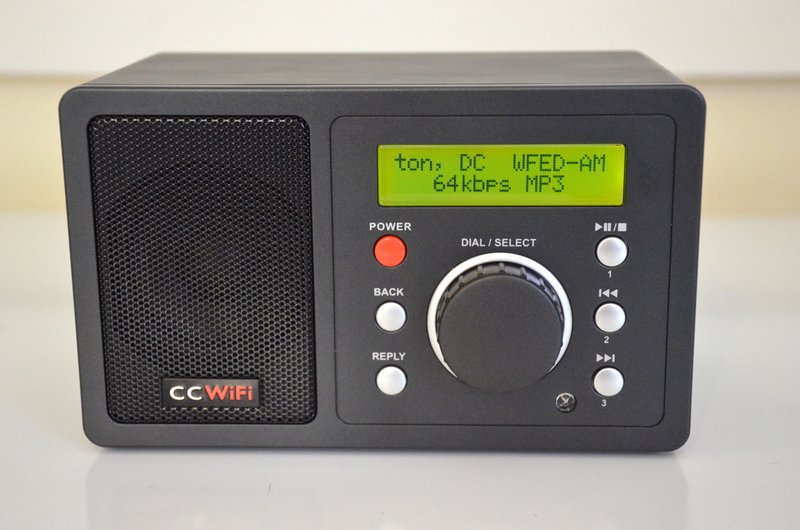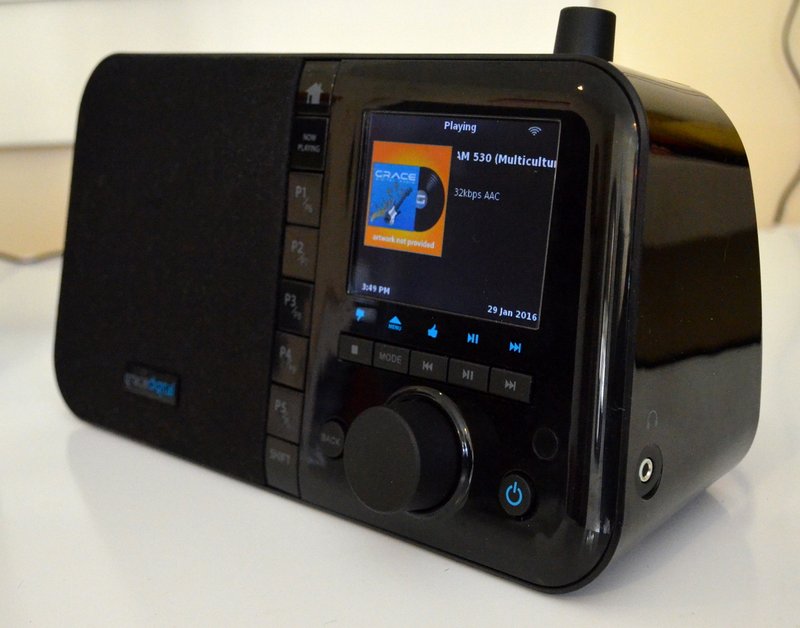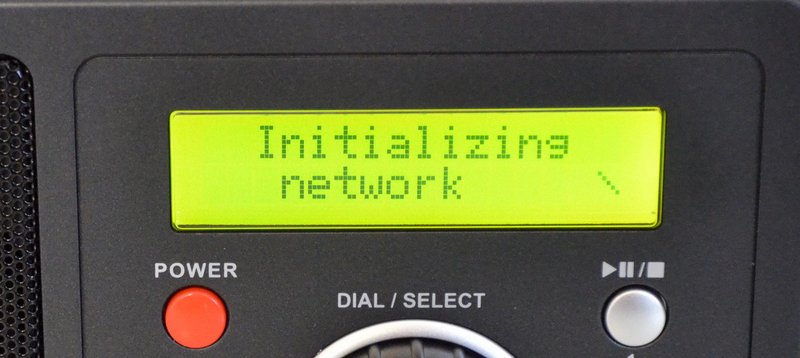
Uncle Bill’s Melting Pot Saturday Nights in April
Saturdays April 3, 10, 17 and 24, 1900-2000 UTC, 3955 kHz
Channel 292, Rohrbach Waal, Germany
Saturday nights in April, Uncle Bill’s Melting Pot is adding an extra repeat to its offerings on Channel 292. On April 3 we will present music from Belize; April 10 will bring music from the Solomon islands, Tonga and Vanuatu; on April 18 we will present the original German-language recording of Haare (Hair), and April 24 will feature music from Morocco. The time and frequency were previously taken by Wooferton. Uncle Bill is testing whether this will engage new listeners from Africa, the Middle East and possibly South Asia.
Monthly Archives: March 2021
The Sangean ATS-909X2 has landed
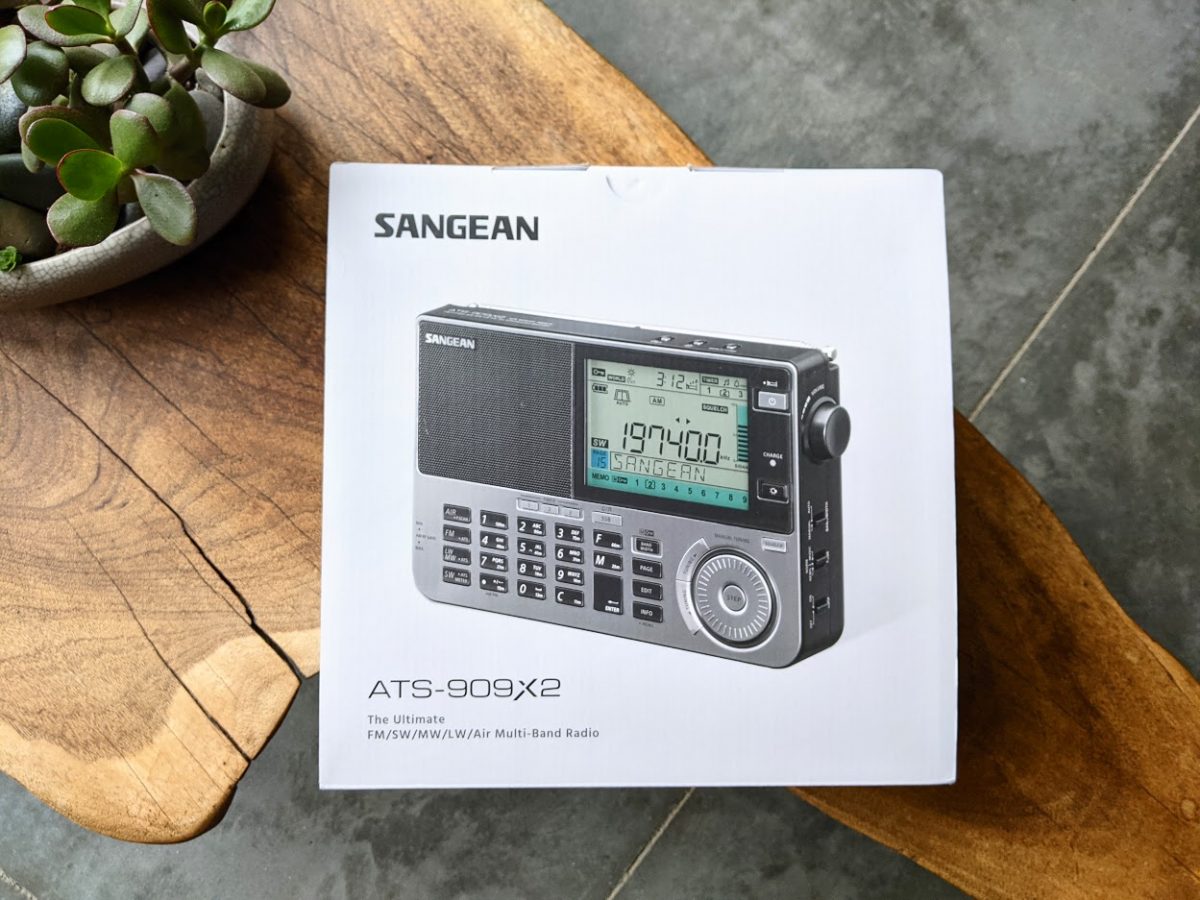 This morning, I took delivery of an ATS-909X2 that Sangean dispatched for me to evaluate. I’ll be writing a review of this radio for an upcoming issue of The Spectrum Monitor magazine.
This morning, I took delivery of an ATS-909X2 that Sangean dispatched for me to evaluate. I’ll be writing a review of this radio for an upcoming issue of The Spectrum Monitor magazine.
I won’t lie: this is a handsome radio.
I know some SWLs dislike the front panel tuning dial, but I like it. It reminds me of one of my all-time favorite radios: the Sony ICF-SW55:
I also love the ‘909X2’s large display and intelligent backlighting.
I’ve just started setting up the ‘909X2: inputting local time, setting DST, changing the format to 24 hours, and learning my way around manual and direct-entry tuning.
The manual appears to be very comprehensive and I plan to go through it page by page because this radio actually has quite a lot of settings/configurations.
SWLing Post contributor, DanH has had his ATS-909X2 for quite a while and I expect he’ll be updating us on his findings when he has time. Also, I understand Dave Zantow has been evaluating this radio and should also be sharing his thoughts soon. We’ll provide updates when available.
A review of the Ocean Digital WR-23D WiFi, FM, DAB & DAB+, and Bluetooth Portable Radio
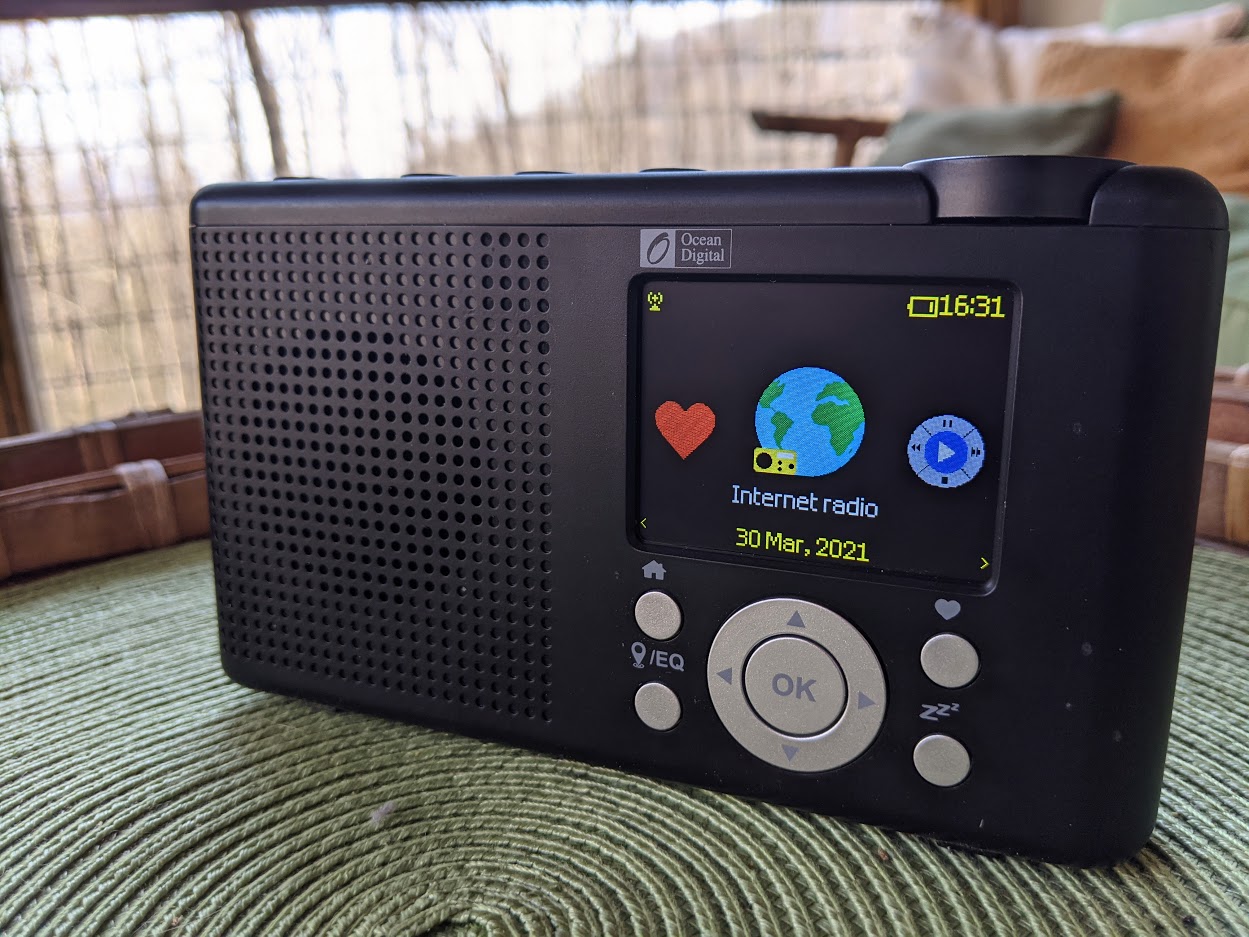 Readers might recall that last year, I reviewed the Ocean Digital WR-26 portable radio and was pretty impressed.
Readers might recall that last year, I reviewed the Ocean Digital WR-26 portable radio and was pretty impressed.
Although it turns out a number of SWLing Post readers were familiar with Ocean Digital and had purchased some of their radios, I hadn’t heard of them until an SWLing Post contributor encouraged the company to contact me.
I must say: all of my communications with Ocean Digital have been very positive and the company has also been very receptive to my frank feedback. All good things.
Ocean Digital reached out to me last month and asked if I would like to test their WR-23D portable radio. Why not? They dispatched on immediately from their Amazon stock here in the USA.
In the spirit of full disclosure, Ocean Digital sent this review sample to me at no cost and as soon as this review has been published (as in, right now), I’m sending it to one of our SWLing Post Patreon supporters I pick at random.
Initial impressions
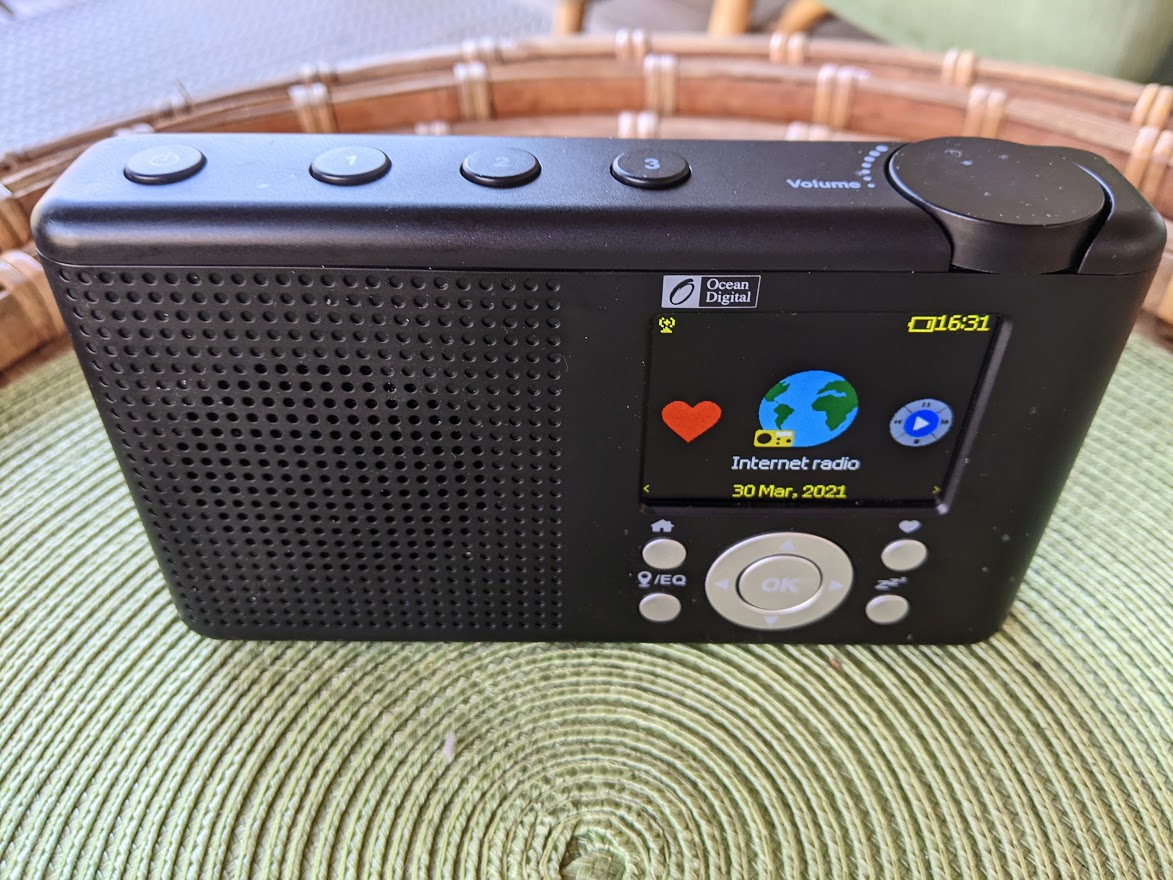 The Ocean Digital WR-23D sports an ABS plastic body that feels very solid in the hand. Indeed, some shortwave portable manufacturers should take note–the ABS structure is so solid, there’s no give when I press into the middle of the speaker grill, for example. I feel like this radio would survive falling off of a table or shelf with no problems.
The Ocean Digital WR-23D sports an ABS plastic body that feels very solid in the hand. Indeed, some shortwave portable manufacturers should take note–the ABS structure is so solid, there’s no give when I press into the middle of the speaker grill, for example. I feel like this radio would survive falling off of a table or shelf with no problems.
The backlit 2.4″ color display is very easy to read with crisp graphics, text, and ample contrast.
The top of the radio features a power button and three dedicated memory preset buttons. The volume control is also mounted on the top of the radio and protrudes out of the front slightly so your thumb can move it.
On the front of the radio, there are dedicated buttons for the Home screen, EQ/Local button, Favorites, and Sleep Timer.
In the center, there’s a circular navigation control and selection button.
On the back of the unit, you’ll find the telescoping whip antenna for FM, DAB/DAB+, an LED indicator for charging, a 3.5mm earphone jack, and (yes!) a USB-C charging port. I’m so happy to see a USB-C port rather than the older Micro USB variety.
Sound
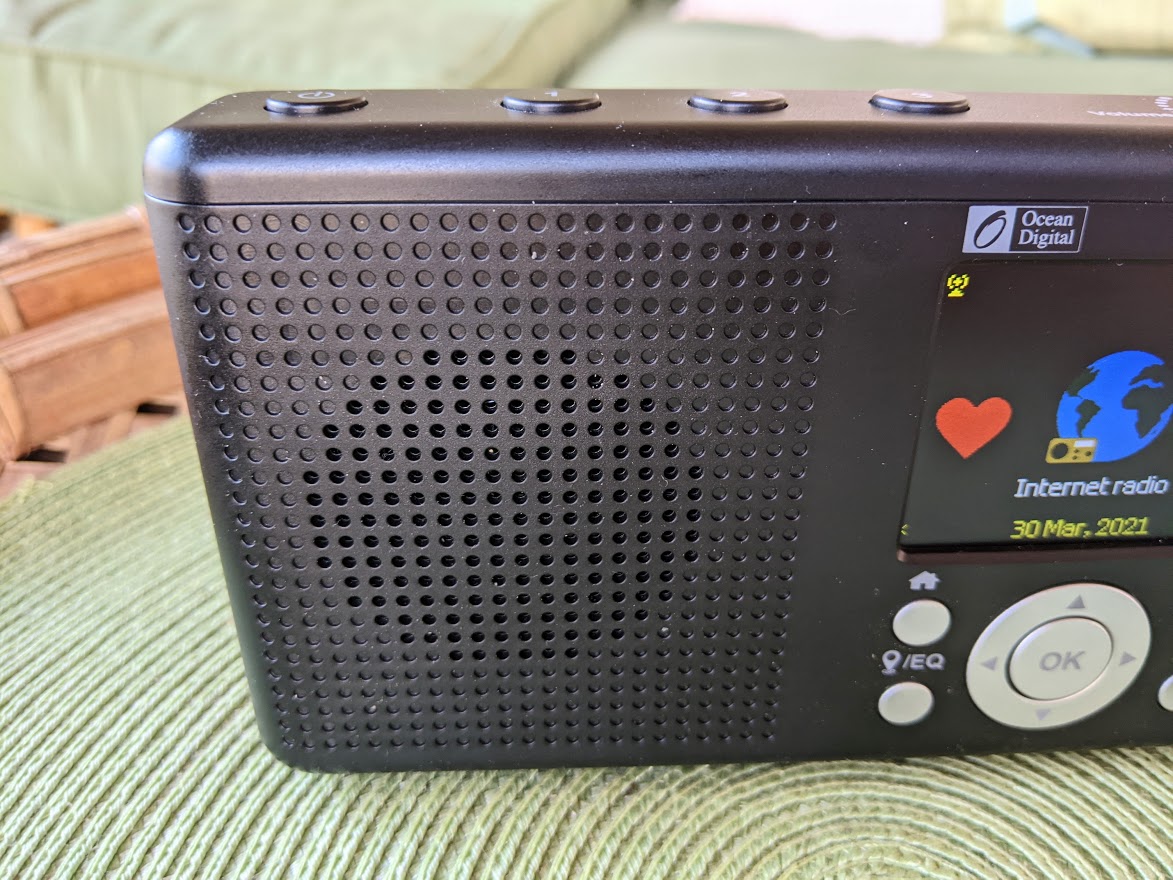 The front-facing speaker delivers balanced audio. There has obviously been some attention given to the speaker enclosure because it produces a bit more bass than I would have anticipated. There are 12 EQ presets you can use to tailor the audio as well. The WR-3D is not an audio powerhouse–in fact, the audio level stops short of allowing the speaker to splatter–do don’t expect a “boom box” response.
The front-facing speaker delivers balanced audio. There has obviously been some attention given to the speaker enclosure because it produces a bit more bass than I would have anticipated. There are 12 EQ presets you can use to tailor the audio as well. The WR-3D is not an audio powerhouse–in fact, the audio level stops short of allowing the speaker to splatter–do don’t expect a “boom box” response.
For listening to music or voice in your office, bedroom, or living room? Yeah, it’ll work a charm!
Portability
What I love about these Ocean Digital units is that they have a built-in rechargeable battery.
In my household, this is huge.
I often carry my WiFi radios around the house, moving from the kitchen, to my office, to outdoors near the wood shed (it’s the time of year I start splitting firewood again!).
I’ve found that not only does the battery power the WR-23D for many hours at a time, but the WiFi receiver in the unit is also robust enough that the radio can communicate with our router outside the house. With that said, the WiFi reception is not as good as it is with the recently reviewed CC WiFi 3 which actually sports an external WiFi RX antenna. Then again, the CCWiFi 3 doesn’t have a rechargeable battery either.
Internet Radio
The Ocean Digital WR-23D uses the Skytune radio station aggregator to search for Internet radio station streams.
In short: I like Skytune. It’s easy to search, they’ll add streams if they’re missing any, and it’s well-organized. Instead of reviewing the aggregator again, I’ll point you to the Ocean Digital WR-26 review for more detail as the navigation is identical other than the WR-23D has a nice color screen to display information.
Of course, I’m sure a number of readers have been put off by the whole idea of a dedicated Internet appliance for listening to radio in the wake of Reciva’s announced closure. For more on this topic, I’d strongly encourage you to read my thoughts in the CC WiFi 3 review (note that the CC WiFi 3 also uses the Skytune aggregator).
On Internet appliances like the WR-23D, one does worry about WiFi radio functionality failing if the station aggregator disappears. We recently posted a way you can hack some Grace Digital and C.Crane radios that use Reciva.
In the case of the WR-23D, WR-26, and CC WiFi 3 (basically all of the Skytune receivers I’ve reviewed) you can actually program your favorite radio stations manually. In fact, it’s very easy. You simply find the radio’s IP address on your network (the manual describes how to find this in the Configuration menu selection). Then, enter the radio’s IP address in a browser on a computer or device that is connected to the same WiFi network. You’ll get a window that looks like this where you can add your own streams, organize memories, and even perform basic control of the radio: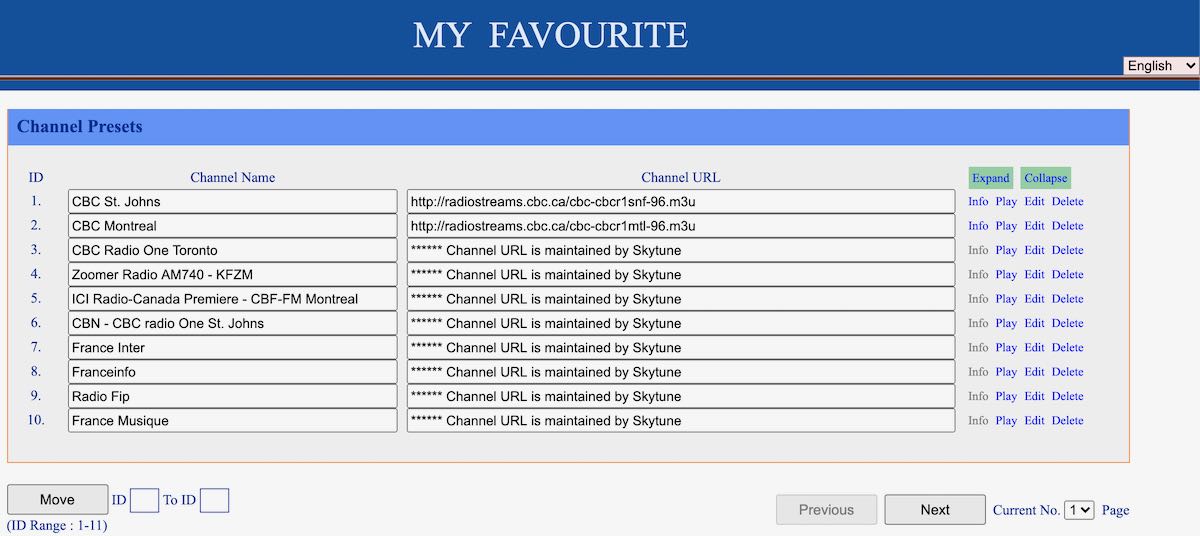
But, again, if the whole idea of an aggregator-tied device like the WR-23D is unappealing, I get it. You might simply pair your smartphone or tablet with a Bluetooth speaker and use a system like Radio Garden or TuneIn to cruise the world of online radio stations.
Bluetooth
Speaking of Bluetooth speaker, yes, the WR-23D is one of those, too! Simply select “Bluetooth” from the home menu and pair it with your favorite device. Couldn’t be easier!
FM radio
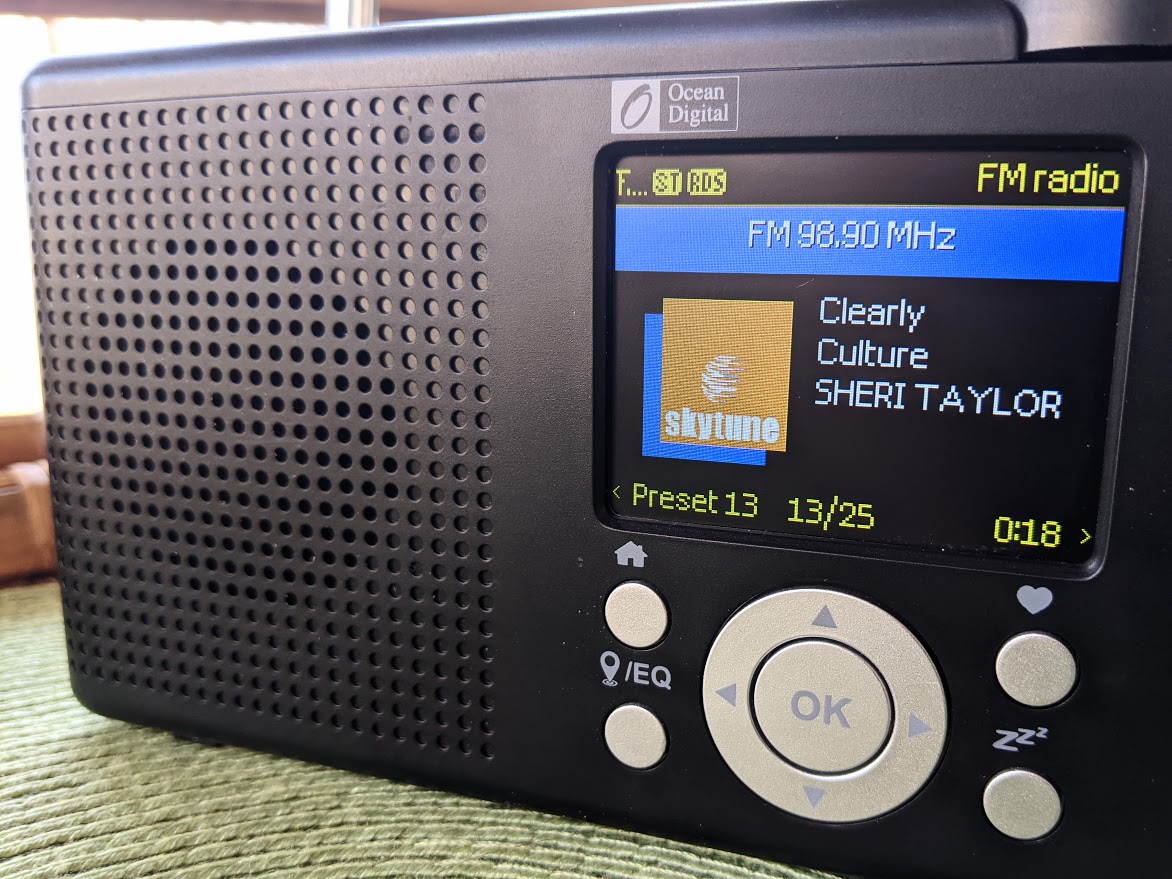 The WR-23D has a very capable FM radio. I had it scan my local FM dial and it automatically picked up all of the stations I would have expected. The radio has both auto and manual tuning.
The WR-23D has a very capable FM radio. I had it scan my local FM dial and it automatically picked up all of the stations I would have expected. The radio has both auto and manual tuning.
In addition, the WR-23D displays RDS information on the screen. This is a feature I love especially when travelling as it helps me ID the station I’m tuned to.
DAB/DAB+
Unfortunately, we have no DAB/DAB+ stations in the US, so I was unable to test this functionality.
Summary
 As I mentioned, I really appreciate the matte finish ABS chassis. I like to know that my portables can survive a fall.
As I mentioned, I really appreciate the matte finish ABS chassis. I like to know that my portables can survive a fall.
I’ve been using the WR-23D here at SWLing Post HQ for about one month and only have a few minor/personal complaints. For example, I wish the headphone jack was on the side of the radio instead of the back. Also, I wish the telescoping whip antenna fit into a recess on the chassis rather than being fully mounted on the outside. I would like to see a fold out tilt stand on the back of the unit (I’ve actually used the antenna to prop this radio at an angle, but that’s not ideal).
If you’re looking for a truly portable WiFi radio and Bluetooth speaker with a proper FM and DAB/DAB+ receiver the Ocean Digital WR-23D is a solid choice. Amazon’s current price is $79.99 US with shipping and free returns–I feel like this is a value for all this radio has to offer.
I can say this: the SWLing Post Patron who wins this WR-23D will really enjoy it! I have.
Click here to check out the Ocean Digital WR-23D at Amazon.com (SWLing Post affiliate link!)
FTIOM & UBMP, April 4-10


From the Isle of Music, April 4-April 10:
This week, in honor of Jazz Appreciation Month, we reprise a 2020 episode with author Ricardo Oropesa and the music of Chano Pozo.
The broadcasts take place:
1. For Eastern Europe but audible well beyond the target area in most of the Eastern Hemisphere (including parts of East Asia and Oceania) with 100Kw, Sunday 1500-1600 UTC on SpaceLine, 9400 KHz, from Sofia, Bulgaria (1800-1900 MSK)
2. For the Americas and parts of Europe, Tuesday 0000-0100 on WBCQ (NEW UTC), 7490 kHz from Monticello, ME, USA (Monday 8-9PM EST in the US).
3 & 4. For Europe and sometimes beyond, Tuesday 1900-2000 UTC and Saturday 1200-1300 (NEW UTC) on Channel 292, 6070 kHz from Rohrbach, Germany.
Our Facebook page is https://www.facebook.com/fromtheisleofmusic/
Our V-Kontakte page is https://vk.com/fromtheisleofmusic
Our Patreon page is https://www.patreon.com/tilford
Uncle Bill’s Melting Pot, April 4-10:
In episode 211, we enjoy music from the Solomon Islands, Tonga and Vanuatu.
The transmissions take place:
1.Sunday 2200-2300 (NEW UTC) (6:00PM -7:00PM EST) on WBCQ The Planet 7490 kHz from the US to the Americas and parts of Europe
2. Tuesday 2000-2100 UTC on Channel 292, 6070 kHz from Rohrbach, Germany for Europe.
3. Saturday 0800-0900 UTC on Channel 292, 9670 kHz from Rohrbach, Germany for Europe with a directional booster aimed eastward.
Our Facebook page is https://www.facebook.com/UncleBillsMeltingPot/
Our V-Kontakte page is https://vk.com/fromtheisleofmusic
Our Patreon page is https://www.patreon.com/tilford
Guest Post: Indoor Noise and Ferrites, Part1
 Many thanks to SWLing Post contributor, TomL, who shares the following guest post:
Many thanks to SWLing Post contributor, TomL, who shares the following guest post:
Indoor Noise and Ferrites, Part 1
by TomL
My magnet wire loop antenna on the porch reminded me to revisit aspects about my noisy Condo that I still needed to understand. Some RF noise I could control if I could find the right kind of information that is understandable to a non-engineer like me. There is a lot written about the general problem of noise and radio listening, for instance this ARRL article with web links to research – www.arrl.org/radio-frequency-interference-rfi, but I needed to get more specific about my particular environment.
I had tried some common clamp-on TDK ferrites I had obtained from eBay a long time ago but they only seemed to work a little bit. I have since found out these are probably the ones which are widely used on home stereo system connections used to reduce noise on those systems. There must be a better way.
The more I researched topics, like a portable “Loop on Ground” antenna, or, using RF chokes on the magnet wire loop, it dawned on my feeble, misguided brain that I was wrongly thinking about how to use ferrite material. For one thing, the material used to suppress RF noise is made with a certain “mix” of elements, like Manganese-Zinc, that electrically “resists” a specified frequency range. Fair-Rite has a useful Material Data Sheets web page which lists the Types of ferrite material. For dealing with noise (at the Source causing the problem), I needed to use the right kind of “Suppression” materials and proper placement. So, it (partly) made sense why the TDK snap-on ferrites might not fully work to reduce certain noise coming from my computer screens, LED lights, USB devices, and cheap Chinese-made power adapters.
A very good paper is by Jim Brown (K9YC) of Audio Systems Group entitled, “Understanding How Ferrites Can Prevent and Eliminate RF Interference to Audio Systems [PDF]”. There is a longer paper speaking directly to Amateur Radio folks, but the Audio version is simpler and it uses some of the same graphs and ideas. I was drawn to the very detailed Impedance measurements of many different “Types” of ferrite material used for different noise mitigation. I remember the traumatic pain of my college experience trying mightily to understand the Van Vlack Materials Science text book to no avail. But Jim’s paper reminded me of the importance of using the correct type of ferrite material and in an optimal way that reacts favorably in the target frequency range to solve a particular noise problem. So, what are my problem areas?
Shortwave Noise
Loop antennas have been what I have experimented with the most. They do not pick up as much man-made noise (QRM) and they have a space saving footprint. Fortunately, there is a wooden porch where these things have been tried. I had successfully built a broadband amplified “ferrite sleeve loop” (FSL) in the past. It was useful for a while but it fell into disrepair and also the Condo building has steadily increased in noise output. The amplifier was just amplifying the noise after a while. I also tried phasing two antennas but found the ever increasing noise cloud was coming from all directions and I could not null it out. I even tried a “mini-whip” from eBay but that just produced a wall of noise.
I recently tested AirSpy’s YouLoop written about before, and the results were good. However, it seemed obvious to me that it was too small as a passive loop to capture shortwave signals strongly enough without resorting to another amplifier attached at the antenna and would not improve the signal/noise ratio. My current solution is a unamplified stealth magnet wire loop about 32 feet in circumference. In that article, I mention things like common mode RF chokes at both ends of the antenna connection, horizontal polarization, and basically accepting that only the stronger shortwave signals will be received in a predictable manner. I think for now, this is about all I can do for shortwave and mediumwave noise, as far as my own Condo-generated noise. Neighborhood noise is a different topic.
VHF Noise
I then started to isolate which devices caused which kind of noise when listening to my outside amplified antennas for FM/VHF and UHF-TV transmissions. Many consumer Power adapters make a lot of noise from VLF up into UHF ranges. One thing I did right was to try a 10 pack of these little miracle “Wall Wart” toroids from Palomar Engineers. One by one, I put one of these small toroids (19mm inside diameter) on my home AC adapters as shown in the pictures, and the noises started disappearing. It does not explicitly say, but I believe it is Type 75 material which suppresses the noise generating AC adapter (at very low frequencies) when wrapped 8 – 12 times.
Most egregious of these was my CCrane FM2 transmitter. A strangled warbling sound kept emanating from the monitor closest to my laptop. Installing ferrites on the laptop and back of the monitor were not working. I moved the FM Transmitter and noticed a reduction in noise. So, I put one of these little toroids on the power input of the device and the noise disappeared. Apparently, it was picking up noise from the monitor (as well as its own power adapter) and rebroadcasting it to all my other radios! The strangled warbler is no more, I choked it (HaHa, sick bird joke).
While looking for the monitor noise, I put the eBay TDK ferrites on all the USB ports and HDMI ports. This has helped greatly on VHF and confirms my suspicion that these cheap TDK ferrites are indeed a common type of ferrite material. Some informative graphs can be seen in Jim Brown’s Audio paper mentioned before. One example might be Figure 22, which shows the #61 Series Resistance which peaks around 100 MHz when using a toroid with three “Turns”. More confused, I could not find a definition of a “Turn”. Eventually, in his longer paper to Amateur Radio operators, he defines it, “…is one more than the number of turns external to the cores”. Somewhere else he describes using many single snap-on ferrites being electrically equal to just one toroidal ferrite with multiple Turns. And interestingly, more Turns shifts the peak impedance substantially lower in frequency. So, using the graphs he supplies, one can target a noisy frequency range to try to suppress.
I then put 6 of the TDK ferrites on the VHF input to the AirSpy HF+. Some FM grunge was reduced and was thankful for that. The rest of the background noise truly seems to be coming from the outside picked up by the amplified antenna.
Also, I juggled a couple of the amplifiers around and now have separate VHF/FM and UHF/TV amplifiers which cleaned up the FM reception a little bit more – https://www.youtube.com/watch?v=zkDsy95et2w .
UHF TV Quality
On a whim, I put the balance of the TDK ferrites on the FM/TV splitter input cable, 10 in all. The FM reception did not improve but the Over The Air UHF TV reception Quality improved noticeably. My weakest TV station now has a stable Signal level and the Quality is pegged at 100%. This is a nice surprise since it means that now all local TV stations on UHF will come in cleanly without dropouts and I can view all digital subchannels. I was even able to rescan and added two more low-power stations never seen before. ?
LED lights
I have common LED lights hanging over a number of fish tanks and some grow lights over an indoor plant box and can hear this noise on upper shortwave and higher radio bands. In a future article, I will explore RF noise from lights as its own special topic. For instance, why do some LED lights generate RFI and how to know before buying (I am using BR30 spot bulbs from name brands)? Also, there is a new kind of LED “filament” light out now that uses much smaller LED’s on both sides of an aluminum strip, greatly reducing electromagnetic noise output (or do they??). More questions than answers.
I will explore creating my own customized AC power cord attached to the AC power strips of the LED lights. I will need to test this for safety and efficacy, so I will want to take some time to do this right. The hope is that, using Jim’s info, I will be able to create a broad spectrum RFI suppression AC power cord and cost less than $30 each cord. We’ll see.
Finally, I will look at “stacked” toroids using different mixes of ferrite Types, creating a custom RF suppression better than using just one Type of ferrite material, using AC cords as the main examples. For instance, the best set of graphs in Jim’s paper, in my opinion, are Figures 21 and 24 compared to each other. Something I did not know before is that one can not only use multiple turns on a single toroid to get a lower, peaked frequency response, but also stack multiple toroids of the same Type to get a smoother frequency response. Then on top of this, combine that set with other Types to create a customized frequency response curve.
Radios are quieter now. Those pesky grow lights are still a problem as well as the upstairs neighbor’s lights which seem to be on a timer, making FM reception noisy again after 5pm!
A new Belka-DX DSP Speaker from Mobimax
Many thanks to SWLing Post contributor, Markku (VA3MK), who shares a link to this new Belka-DX speaker option from Mobimax:
This speaker option is similar to the one we featured a few months ago, but keeps the larger 2200 mAh battery pack and has fold-out legs. The compromise is the case will be a bit thicker/deeper than the speaker option without the larger battery and fold-out feet.
We’re talking about a pretty small radio, though, so I think this will be another great option for the excellent little Belka-DX.
I will plan to check out one of these in the near future.
Thank you for the tip, Markku!
How to give your Reciva WiFi radio a second life before the service closes on April 30, 2021
In November 2020, we learned that the Reciva radio station aggregator would be closing down permanently which would effectively render a large portion of WiFi radios on the market useless. This closure will affect a number of WiFi radio manufacturers, but two of the most notable are Grace Digital and C.Crane. I own one of each.
The comments section of my original post about the Reciva closure became the default discussion group for Reciva device owners who were trying to sort out options to keep their devices functional. That article (at time of posting) has nearly 200 comments alone.
There have been some very productive discussions about circumventing the Reciva aggregator before the announced closure on April 30, 2021. Since this information is buried in such a deep comment thread, I wanted to give it better visibility and search-ability by creating a dedicated post on this topic.
Ray Robinson, one of the contributors who has been actively helping owners, has very kindly written up a tutorial for us here and I’m most grateful.
Ray’s Guide to setting up your own “Reciva” WiFi webserver
Ray writes:
[T]he bad news is that Qualcom is shutting down the Reciva website on April 30th, and any Reciva-based Internet radios will no longer be able to tune stations from that aggregator after the shutdown.
The sort-of good news is that if you have a station link stored in a preset on your Internet radio, the preset should continue to work after April 30th, until such time in the future as the station needs to change the link for their webstream.
Because, the other part of the bad news is that most Internet radios don’t have any way of directly inputting or modifying a webstream, or storing a webstream manually in a preset. So, after April 30th, you would lose any ability to change or update any of the presets.
That’s where my work-around comes in. Internet radios do have the in-built ability to address and pull data from a webserver – that’s how they use the Reciva site in the first place. So what I have done is point my radio (a CCWiFi) to a ‘web server’ on my local network instead. This solution uses a Windows PC; there may be a comparable solution using a Mac or a Linux box, but I’m not familiar with either of those.
First, make sure the PC you are going to use is visible to other PC’s and devices on your local network (‘Network Discovery’ turned on, file sharing enabled, etc.).
Second, I recommend you give the PC a reserved internal IP address in your router. If you leave it with IP being assigned by DHCP, its IP address could change anytime it is rebooted, and then your wi-fi radio won’t be able to find it for the presets. In my router, I assigned 192.168.1.1-200 for DHCP, and then gave my PC the reserved address of 192.168.1.201, which ensures it always has that same address.
Third, enable IIS (Microsoft’s ‘Internet Information Services’) in Windows. This will create a local web server on the machine. In Control, Panel, go to Programs / Turn Windows features on or off. Click the box next to Internet Information Services and OK, and let Windows install that component.
We are going to store our station webstream links on the PC in playlist files, which have the file extension of .pls. But first we have to tell IIS what to do with a .pls file, as it doesn’t know by default. (.m3u files will work as well, but I did it with .pls files, so I’ll detail how to use those.) We do this by adding a MIME type. Click the Windows start button, and search for IIS. The top result will be Internet Information Services (IIS) Manager. Click that. In the center of the panel that opens, click MIME Types and then ‘Open Feature’ at the top on the right. This will show you all the extensions IIS knows about. If you scroll down, you will see there isn’t one for .pls. So, we need to create it. At top right, click Add… In the panel that opens, enter a File name extension of .pls and a MIME type of application/pls+xml Then click OK and exit IIS.
If you now look in the root of the C: drive, you will see there is a folder called inetpub, with a subfolder called wwwroot. This is where we want to store the presets.
My CCWiFi has 99 presets, so I have put 99 files in this subfolder, named from Preset01.pls to Preset99.pls.
As an example, my first preset, Preset01.pls, is for Caroline Flashback. To create the .pls, open Notepad, and copy and paste the following:
[playlist]
NumberOfEntries=1
File1=http://sc2.radiocaroline.net:10558
Title1=Caroline Flashback
Length1=-1
Save the file, but change its extension from .txt to .pls.
Then, in Reciva, I need to store the entry in My Streams that will tell the CCWiFi to come and look at that file to know what to play. On the Reciva site in My Streams, I created a stream titled ’01 Caroline Flashback’ with a stream address of ‘http://192.168.1.201:80/Preset01.pls’ Remember, my PC has a reserved address of 201. If you use something different, then you will need to change the stream address accordingly.
Then, on the CCWiFi, go to My Stuff / MyStreams and select ’01 Caroline Flashback’. Reciva is telling the CCWiFi to go to my PC and look at the contents of Preset01.pls. This it does, and starts playing the stream. Then, it’s just a matter of storing that playing stream in preset 1 on the radio.
With that done, at any time in the future if I decide to change the contents of that .pls file, I can just store the details of any other station/stream, and the radio will play that instead without any reference back to Reciva.
I recommend you do that for all available presets on your Internet radio whether you are using them or not, even if they only contain duplicate entries for now, because that way you will maintain access to be able to use those presets in the future. And, you must do this before April 30th, when the Reciva site will shut down.
Actually obtaining the URL of a station’s webstream can be difficult; some stations are very helpful and provide them all on their website, while others seem to do their best to hide them. However, here in Los Angeles, I have found the webstream URL’s of all of our local AM and FM stations, plus the webstream URL’s of all North American SW stations, and all the UK stations as well (both BBC and commercial). I’d be happy to advise on that also, but it’s probably beyond the scope of this particular tutorial!
Thank you so much Ray, for taking the time to write up this tutorial.
If anyone is familiar with how to set up a similar webserver on MacOS or Linux, feel free to comment with details.
By the way Post readers: if the name Ray Robinson sounds familiar, it’s because he’s a weekly contributor to AWR Wavescan, and also a presenter on Radio Caroline Flashback!

